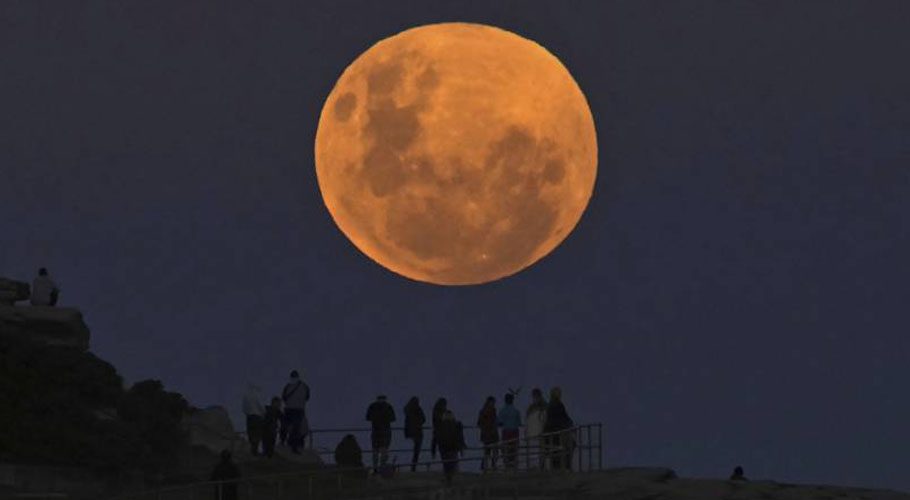![]() Follow Us on Google News
Follow Us on Google News
As November unfolds, anticipation is building among skygazers for the upcoming celestial show of the Beaver Moon, poised to grace the night sky on Monday, November 27, 2023.
This full moon, coupled with a partial lunar eclipse, promises to deliver a captivating spectacle. Here’s everything you need to know about its origin, optimal viewing times, and the intriguing phenomenon of the moon taking on a reddish hue.
The Beaver Moon draws its name from early Native American tribes and American colonists, signifying the time when beavers retreat to their lodges after storing enough food for the impending winter. This lunar event carries historical significance, as fur trappers historically seized the opportunity to hunt beavers during this period for their prized pelts.
For avid moon admirers, the peak illumination of the Beaver Moon is scheduled around 4:15 am on Monday, November 27. However, for those unwilling to rise early, the moon will be captivatingly close to full beginning Sunday, November 26, just after sunset.
In the Indianapolis area, moonrise on Monday is projected for approximately 5:23 pm, reaching the Meridian at 12:21 am, and setting at 8:09 am on Tuesday.
The moon’s phases in November 2023 include the Last Quarter on November 5, the New Moon on November 13, the First Quarter on November 20, and the grand finale, the Full Moon on November 27, featuring a partial lunar eclipse as detailed by NASA.
On occasion, the moon adorns a captivating orange or red hue in the night sky. NASA explains this phenomenon, attributing it to sunlight scattering through Earth’s atmosphere during a lunar eclipse. Colors with shorter wavelengths, like blues and violets, scatter more easily, allowing longer-wavelength colors such as red and orange to dominate, creating a stunning visual display.
As we bid adieu to 2023, mark your calendars for the final full moon, the Cold Moon, on December 26, offering another celestial treat to wrap up the year in astronomical splendor.

































